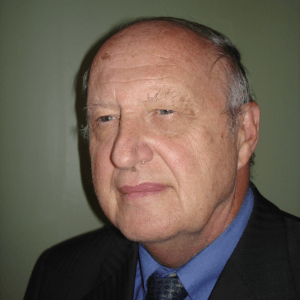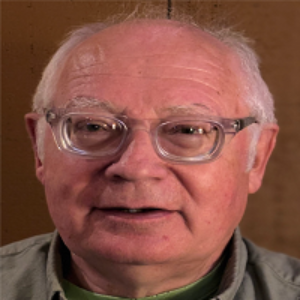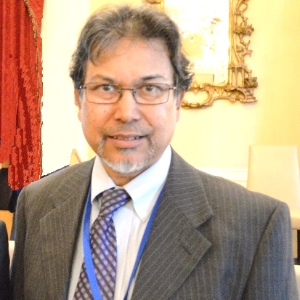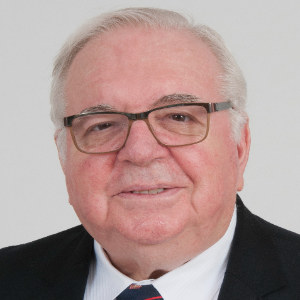Bioremediation, a dynamic field at the confluence of environmental science and material science, stands as a promising approach to mitigate environmental pollution and contamination. It involves the use of living organisms, such as bacteria, fungi, and plants, to remediate or restore ecosystems affected by pollutants. These biological agents possess the ability to metabolize or break down various contaminants, transforming them into less harmful substances or even harmless byproducts. Material science plays a vital role in enhancing the efficacy of bioremediation processes by developing advanced materials that act as carriers or support systems for the microorganisms involved. Nanomaterials, for instance, can be engineered to provide a conducive environment for microbial activity and facilitate the targeted removal of specific pollutants. The synergy between bioremediation and material science not only offers sustainable solutions for environmental cleanup but also opens avenues for innovation in designing materials that can optimize and accelerate the natural processes of detoxification. As research in both fields progresses, the application of bioremediation, supported by advanced materials, holds immense potential for addressing contemporary environmental challenges and promoting a more sustainable coexistence with our ecosystems.

Ephraim Suhir
Portland State University, United States
Thomas J Webster
Interstellar Therapeutics, United States
Robert Buenker
University of Wuppertal, Germany
Will Skene
Montreal University, Canada
Valeriy A Buryachenko
Micromechanics & Composites LLC, United States
Anis Rahman
Applied Research & Photonics, Inc, United States
Will Skene
Montreal University, Canada
Robert Guidoin
Laval University, Canada
Robert Buenker
University of Wuppertal, Germany


Title : Introducing picotechnology: An exciting extension of nanotechnology
Thomas J Webster, Interstellar Therapeutics, United States
Title : The failure of both einsteins space-time theory and his equivalence principle and their resolution by the uniform scaling method
Robert Buenker, University of Wuppertal, Germany
Title : Material challenges with proton conducting ceramics for intermediate temperature hydrogenation/dehydrogenation applications
Saheli Biswas, Commonwealth Scientific and Industrial Research Organisation, Australia
Title : Porphyrin layers at metal-electrolyte interfaces monitored by EC-STM and CV
Marek Nowicki, University of Wroclaw, Poland
Title : Color control of electrochromes by structural modification
Will Skene, Montreal University, Canada
Title : Make experiments more efficient: Two simple and powerful approaches. Mg2Si growth for photovoltaic and thermoelectric applications
Alexander S Gouralnik , Institute of Automation and Control Processes, Russian Federation
Title : Reconfigurable antenna structures using tunable materials
Nasimuddin, Institute for Infocomm Research, Singapore
Title : (0, 1 and 2) Dimensional hybrid architecture of the synthesized materials leads the smart sensing of the gaseous species at low/room temperature
D R Patil, North Maharashtra University, India
Title : Enhanced grain refinement, precipitates regulation, and improved mechanical properties of cast Al-Li alloy by Ti addition and heat treatment
Lixiong Shao, Shanghai Jiao Tong University, China
Title : Broadband sound attenuation of shape memory polymer with triangular-honeycomb unit cell metamaterial structural design
Musaab Ejaz, Universiti Teknologi PETRONAS (UTP), Malaysia